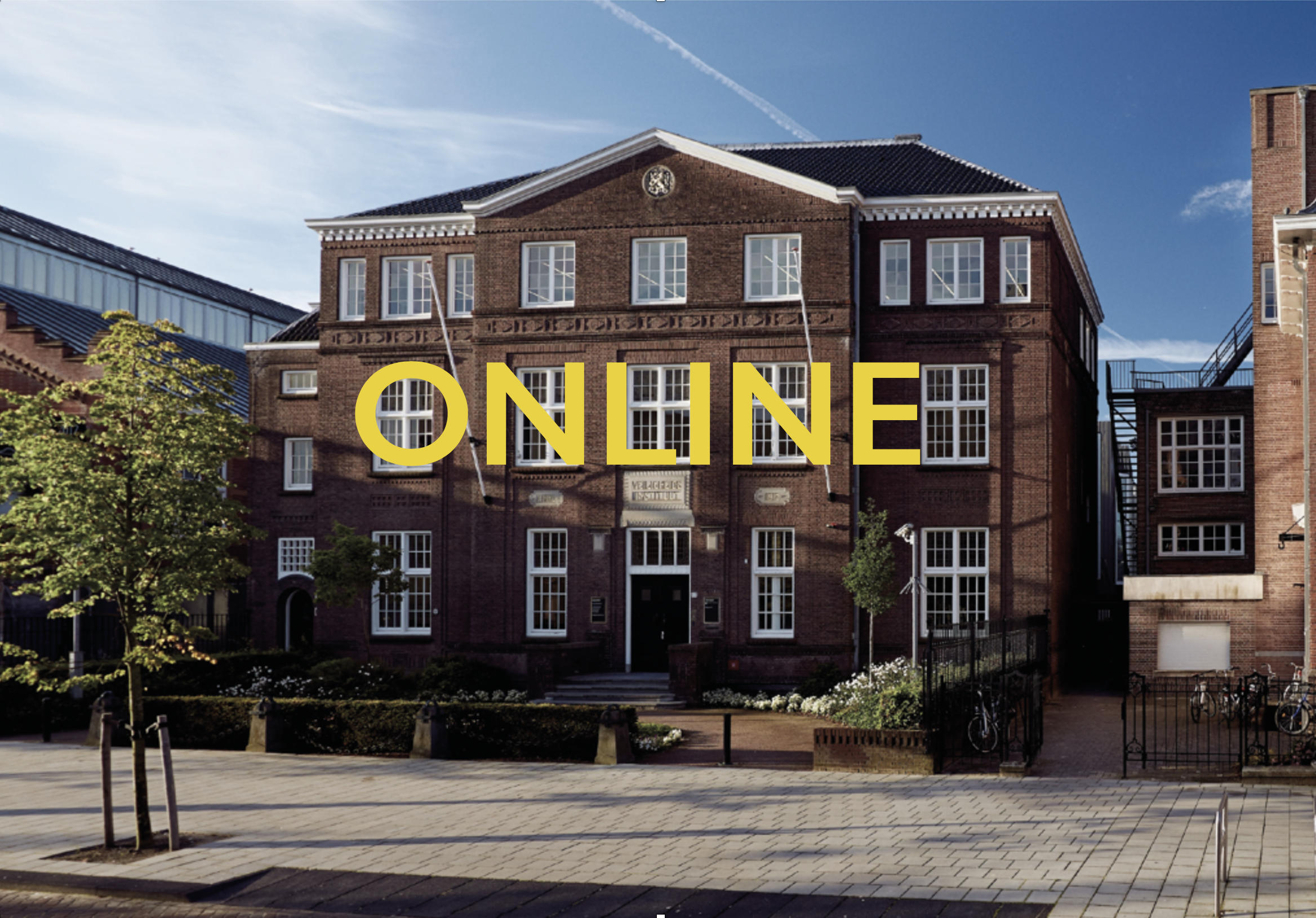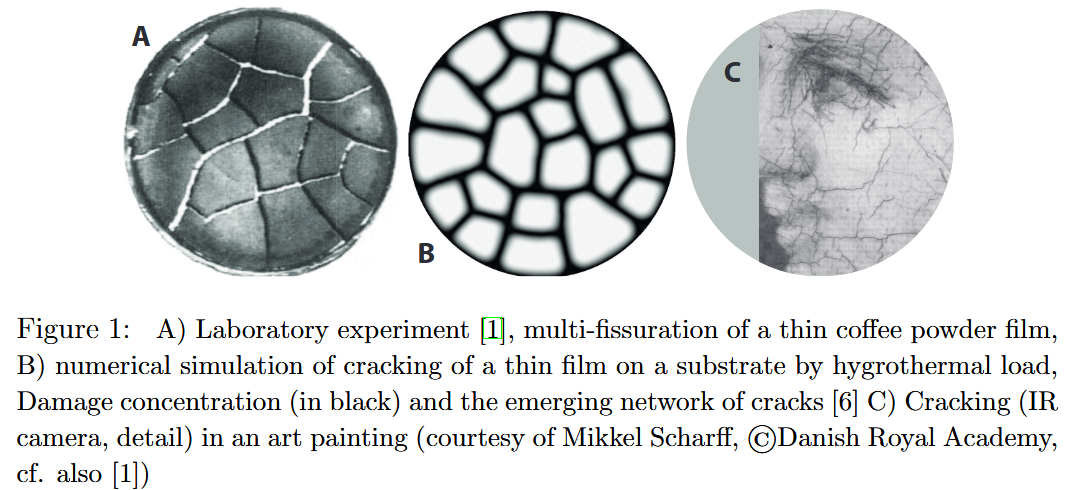

We are pleased to announce a new, online edition of the NICAS colloquium on Thursday 10 October 2024 from 12.00 to 13.00 hrs. The colloquium will take place online through Microsoft Teams. Throughout the year, NICAS organises a bi-weekly Colloquium consisting of two short research lectures. It provides researchers with the opportunity to present ideas for, updates on or results of their activities. The NICAS Colloquium allows people to stay informed on a regular basis about the latest developments and results of research and to exchange information and expertise.
The chair of this colloquium is Momoko Okuyama (Rijksmuseum)
The Presenters are:
► Francien Bossema – Using in-house 2D X-ray equipment to make 3D CT scans of cultural heritage objects in museums.
Abstract:
A powerful technique for exposing the interior of museum objects is computed tomography (CT). However, the lack of affordable and versatile CT equipment in museums, combined with the challenge of transporting precious collection objects, currently keeps this technique out of reach for most cultural heritage applications. We propose an approach for creating accurate CT reconstructions using only standard 2D radiography equipment already available in most larger museums. Specifically, we demonstrate that a combination of basic X-ray imaging equipment, a tailored marker-based image acquisition protocol, and sophisticated data-processing algorithms, can achieve 3D imaging of collection objects without the need for a costly CT imaging system. We implemented this approach in the British Museum (London), the J. Paul Getty Museum (Los Angeles), and the Rijksmuseum (Amsterdam). Our work paves the way for broad facilitation and adoption of CT technology across museums worldwide and was recently published in Nature Communications.
Bio:
Francien Bossema obtained her master’s degree in Mathematics, with an additional specialisation in Science Communication & Society from Leiden University, The Netherlands. In 2024 she obtained her Ph.D. degree at the national research institute for mathematics and computer science (CWI) in Amsterdam, The Netherlands, in collaboration with the Rijksmuseum, Amsterdam, on the topic of ‘Tailoring X-ray tomography techniques for cultural heritage research’. Part of her research was performed at the British Museum (London, UK). During her Ph.D. she published four peer-reviewed first author articles, amongst others in Scientific Reports and Nature Communications. She is currently engaged as postdoctoral fellow at the Rijksmuseum, Amsterdam and as postdoctoral researcher at the Centrum Wiskunde & Informatica. Last summer, she was at the J. Paul Getty Museum in Los Angeles, USA, for a Museum Guest Scholarship. More information, such as a list of publications, presentations, blogs and videos, can be found here: fgbossema.github.io.
► Andrés A. León Baldelli– Cracks in Time: Analysing and Predicting Fractures in Paintings and Cultural Heritage
Abstract:
Cracks and fractures in paintings and other elements of our cultural heritage are transitional phenomena that significantly impact the stability and longevity of these artworks. These processes, driven by complex interactions of environmental and material factors, raise fundamental theoretical questions and have practical implications for the preservation and understanding of the artistic and historical legacy. I will share some theoretical insights on the modeling and analysis of these irreversible natural phenomena in the context of thin film fracture, introducing an intuitive energetic perspective on the formation and propagation of cracks which emphasises a key intuitive notion of observability for evolutionary processes. Some recently solved numerical problems illustrate the point. How can these tools be integrated with models, high-resolution imagery, and the many in situ observation data and empirical studies? I invite a discussion and collaboration in the modeling and simulation of crack phenomena in artworks, with the goal of developing a robust platform capable of simulating and predicting the formation and progression of cracks, as well as supporting conservation efforts. This platform aims to provide art historians, curators, and conservation specialists with a predictive tool for anticipating and monitoring damage in paintings, further enhancing our fundamental understanding of how matter responds to changing environmental conditions. By presenting these models, approaches, and data sources, I hope to stimulate collaboration within the heritage and conservation community to refine and validate our methodologies.

Bio:
Andrés León Baldelli is a CNRS researcher at the ∂’Alembert Institute in Paris, specialising in theoretical mechanics and applied mathematics. He holds an MSc from La Sapienza University and a PhD from Sorbonne Université [2]. Current research topics concern evolutionary systems, energy-driven pattern formation, variational methods, and singular perturbations. A recent contribution has focused on a numerical code for simulating fracture processes in brittle structures [3], enabling the study of arbitrarily complex crack patterns in diverse materials and geometries.
References
[1] Groisman, A and Kaplan, E. “An experimental study of cracking induced by desiccation.” Europhysics Letters, vol. 25, no. 6, 1994, pp. 415-420.
[2] León Baldelli, Andrés A. On Fracture of Thin Films: a Variational Approach. PhD thesis, Université Pierre et Marie Curie-Paris VI, 2013.
[3] León Baldelli, Andrés A. and Cesana, Pierluigi. Variational Solvers for Irreversible Evolutionary Systems. arXiv preprint arXiv:2404.08356, 2024